Transaction Rollback Error Message
Transaction Rollback Error Message The most common reason for a ‘Transaction Rollback’ error is that a Property and or Property Group which is specified in a document has been removed or does not exist, as Formpak looks to these to see if there is a value to show on the document. If you have recently changed or removed any Property/Property Group and require assistance please contact support@formpak-software.com May 2024...





















